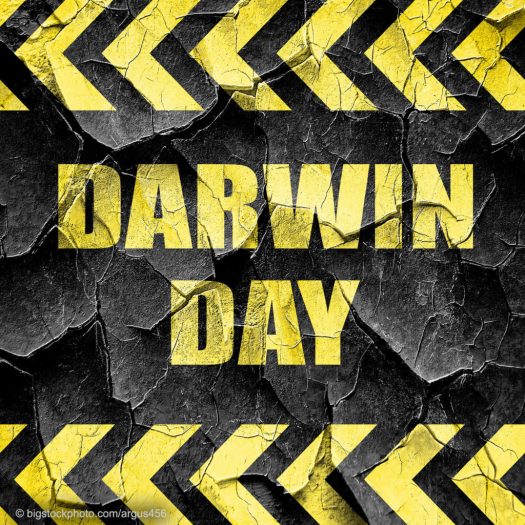
The headline of a lead article in USA Today for November 8, 2017, said: “Our Ancestors Were Rats.” Written by Doyle Rice, the article claims that fossils prove our distant ancestor was a rat.
According to the article, Steve Sweetman of the University of Portsmouth in the U.K. says we know about this ancestor of ours. He said it is “undoubtedly the earliest yet known from a line of mammals that led to our own species.” The article further said that line of mammals included blue whales and pygmy shrews. Sweetman says the mammals they have discovered “were small furry creatures.” He speculates that they were nocturnal, possibly burrowers, and ate insects and possibly plants.
Would we not assume that this newly discovered fossil had a skeleton and traces or impressions of fur? Wouldn’t we have found coprolite (petrified poop) to make claims about what the animal’s diet was or perhaps plant or insect material in the animal’s stomach? Would we not also assume that the biosphere in which the animal lived was well documented by fossils of what the animal ate? Are we not assuming that the “line of mammals that led to our own species” has been so well documented that no reputable scientist would deny it?
The fact is that an undergraduate student was sifting through rocks and fossils in a box in his geology lab when he found two teeth which he showed to Sweetman who is a mammal expert. That is all the evidence we have for this rat which was supposedly our ancestor. How do you determine the animal had fur from two teeth?
There is great controversy about the phylogenetic trees that various scientists have constructed to develop theories about the history of life on planet Earth and human life. Many scientists believe that multiple trees and cladistic techniques better explain the history of life than the our ancestor was a rat version that Sweetman promotes.
We have said that when there is a conflict between faith in God and science, it is because of bad theology and/or bad science. Maybe bad journalism is another source of problems. This story is grossly misleading and represents the source of many of the conflicts that young people have between what they hear at Church and what they hear from the media.
–John N. Clayton © 2017









